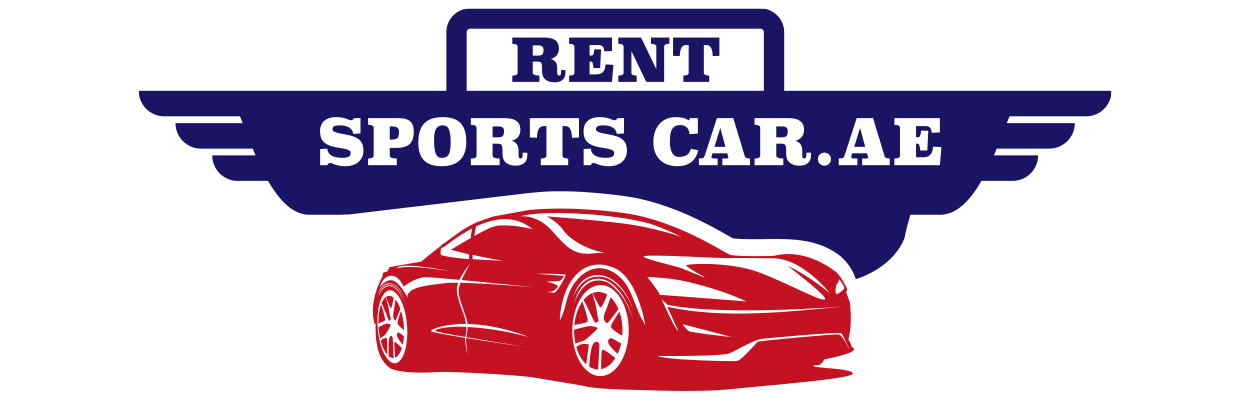What to do when the gauge light turns on?
Never panic if the gauge light turns on as it is an indication for you to stop and check rather than run away. The indication is when something is wrong with the gauges, such as any problem related to the engine, battery, oil, and gas. All you need to do is lookout for a spot where you can park your car. Make sure that the location you are in has good lighting.
Look at the dashboard gauges once you are parked in a secure area. Apart from the dashboard gauges, there will be another gauge light that will also be on. After this, you will see a second light that will indicate the area where the main problem is.
4 reasons why your check gauges may light up
The check gauge light only lights up in the following 4 possible scenarios:
- Overheated engine temperature
- Oil pressure
- Electrical system issue
- Gas ran out
Overheated engine temperature
The first thing you should take a look at is your engine. If the check engine’s light is on, that gauge meaning will be that there is something wrong with your engine. If your engine temperature is high, you need to stop driving, and it is better to get help from the mechanic in such cases.
Oil pressure
Pressure gauge lights in all the vehicles are present right next to the temperature gauge. You will see the light of the pressure gauge near the engine temperature gauge. The process to check the oil pressure varies from one car’s model to another. In some cars, there is a pressure gauge on the dashboard that can give you direct readings of the oil pressure. In some cars, you will only find the gauge light without any readings. In this scenario, you can check the oil pressure through a dipstick. The stick has the minimum and maximum marks on it. You only need to dip it in the engine and see where the mark of the oil is. If it is anywhere between the minimum and maximum point then you are good to go, otherwise, top up your engine with oil if it is below level.
Electrical system issue
The electrical gauge lights up through sensors when they indicate that something is wrong with the wires or the electrical system. The information that the sensors receive is in the form of electrical resistance. The current that passes through the coil is the one that measures the overall resistance. The problem occurs when resistance drops down.
Fuel ran out
The fuel gauge lights up when you are low on fuel. You do not have to panic as you still have enough of it left to drive towards the nearest station and get a refill.
Which kind of gauge is going to be out of range?

There are two main types of gauges you can find in cars:
- Electric gauges
- Mechanical Gauges
Electric Gauges
Electric gauges work by installing the sensor in the engine bay, where it takes the sensor’s measurement. A wire is connected to send a signal to the indicator. The needle moves through a motor instead of any physical connection.
Mechanical Gauges
As for the mechanical gauge, tubing is connected with the engine bay and then to the gauge. As a result, it provides direct measurement of any medium.
Over the years, the engine temperature gauges have been removed from the latest models. The reason is that drivers do not look at them; their focus is only on the warning lights. Also, the fewer the gauges are present on the dashboard, the less confusion drivers will have.
How long can you drive with the check gauge light up?
You might have wondered what does check gauge warning light means and if it is safe to drive with it or not? If you are out on the road and see that your check gauge light is on, you need to focus on the car’s performance. If you hear any sound or the overall drive surges, you should not drive at all. If you do not find anything unusual, it is safe to drive your car slowly to the nearest mechanic. Avoid driving fast, accelerating high, and shifting gears during these drives.
How to prevent check gauge light
To avoid having a check gauge light, you can check up on a few things before going out for a drive. Here is a list of the things that you need to check:
- Fuel Gauge: check-up if you have enough gas
- Check the level of water in the radiator
- Check up on your brake pads
- Keep a check on the health and wiring of the battery
- Check up on the tire pressure and refill the air
Possible false warning
Sometimes, there are also some false warnings. Suppose you see that the engine check light is on and none of the other lights are on, then there is a possibility that your car is perfectly fine; there is only some problem with the wiring of that light. Just take your vehicle to the mechanic, and they will fix up that light in no time.
Conclusion
At this time the new models of cars are coming with fewer gauges as compared to the old models but the purpose of it remains the same. The main light of the gauge alert is present in all the cars, and it notifies the driver about the problem. In any case, it is highly recommended not to make chaos and slowly just find the closest parking spot or mechanic.



